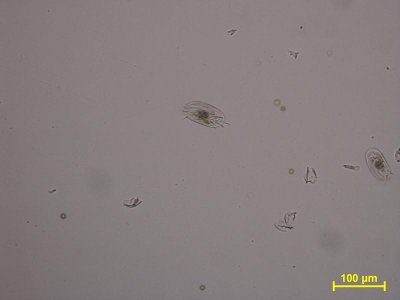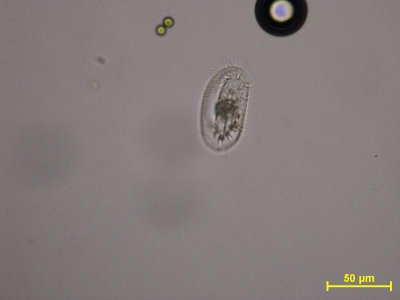Reef Frog
New member
Anybody use a stereoscope or microscope in conjunction with the reef hobby? I'd like to examine LR & sand samples for pods & other life, see if I can find free swimming plankton in water samples, see what's in some food, detrius etc. Also to examine & identify parasites from fish & corals if the need ever arises. I also have some horticultural & other hobby uses too.
I know I want one with top & bottom lighting. I don't want a toy but don't need the mad scientist model either. Have a few hundred to spend.
I'm just beginning my research and it seems most offer 10x through through 40x. Is that powerful enough for the tasks above? Or is the extra $$$ for 80x worth the money, or absolutely necessary? Or is a even more powerful microscope the best bet?
And what's the best method to get digital photos? I think good digital zooming would be helpful. I've seen the 3 tube models for the camera accessory & others with SD card slots. I've seen some models with traditional optics & others with an LCD screen...any advice on that? I haven't used one since my college days & don't want to make a bad choice out of ignorance.
I would appreciate any advice on appropriate specs (especially the magnification issue) models, sources or even pics if possible. It would also be great to hear tales of how you use it in the hobby & why.
I guess this post will qualify me for membership in a nerd club for sure! Thanks.
I know I want one with top & bottom lighting. I don't want a toy but don't need the mad scientist model either. Have a few hundred to spend.
I'm just beginning my research and it seems most offer 10x through through 40x. Is that powerful enough for the tasks above? Or is the extra $$$ for 80x worth the money, or absolutely necessary? Or is a even more powerful microscope the best bet?
And what's the best method to get digital photos? I think good digital zooming would be helpful. I've seen the 3 tube models for the camera accessory & others with SD card slots. I've seen some models with traditional optics & others with an LCD screen...any advice on that? I haven't used one since my college days & don't want to make a bad choice out of ignorance.
I would appreciate any advice on appropriate specs (especially the magnification issue) models, sources or even pics if possible. It would also be great to hear tales of how you use it in the hobby & why.
I guess this post will qualify me for membership in a nerd club for sure! Thanks.












